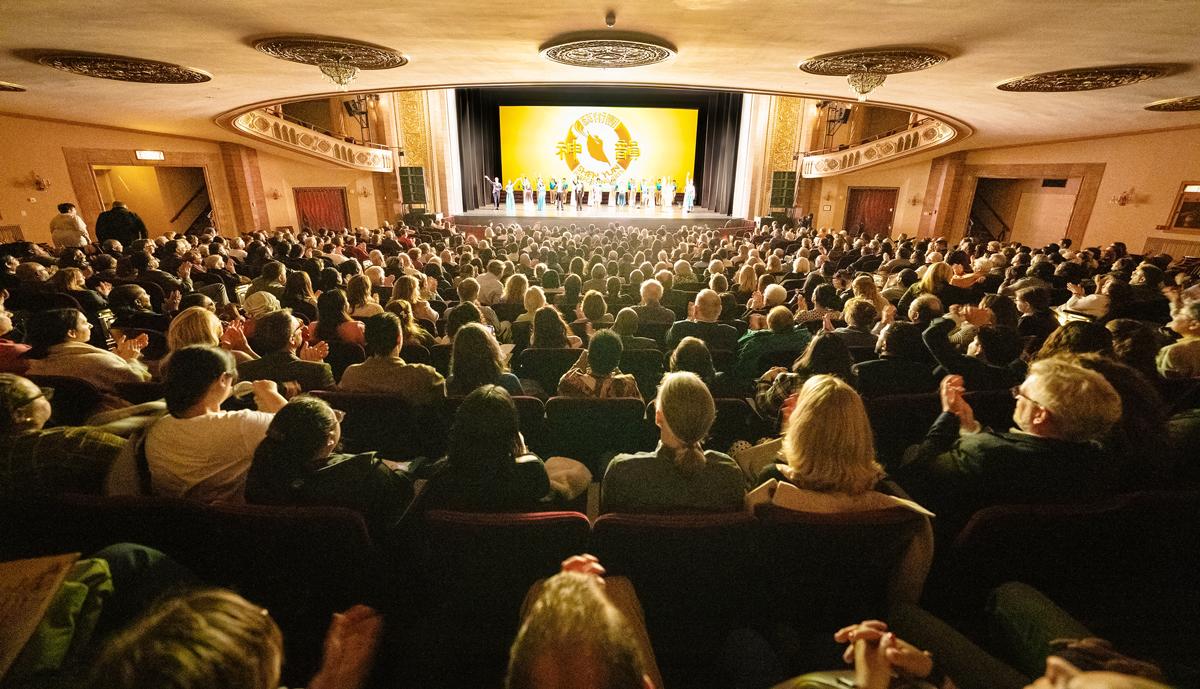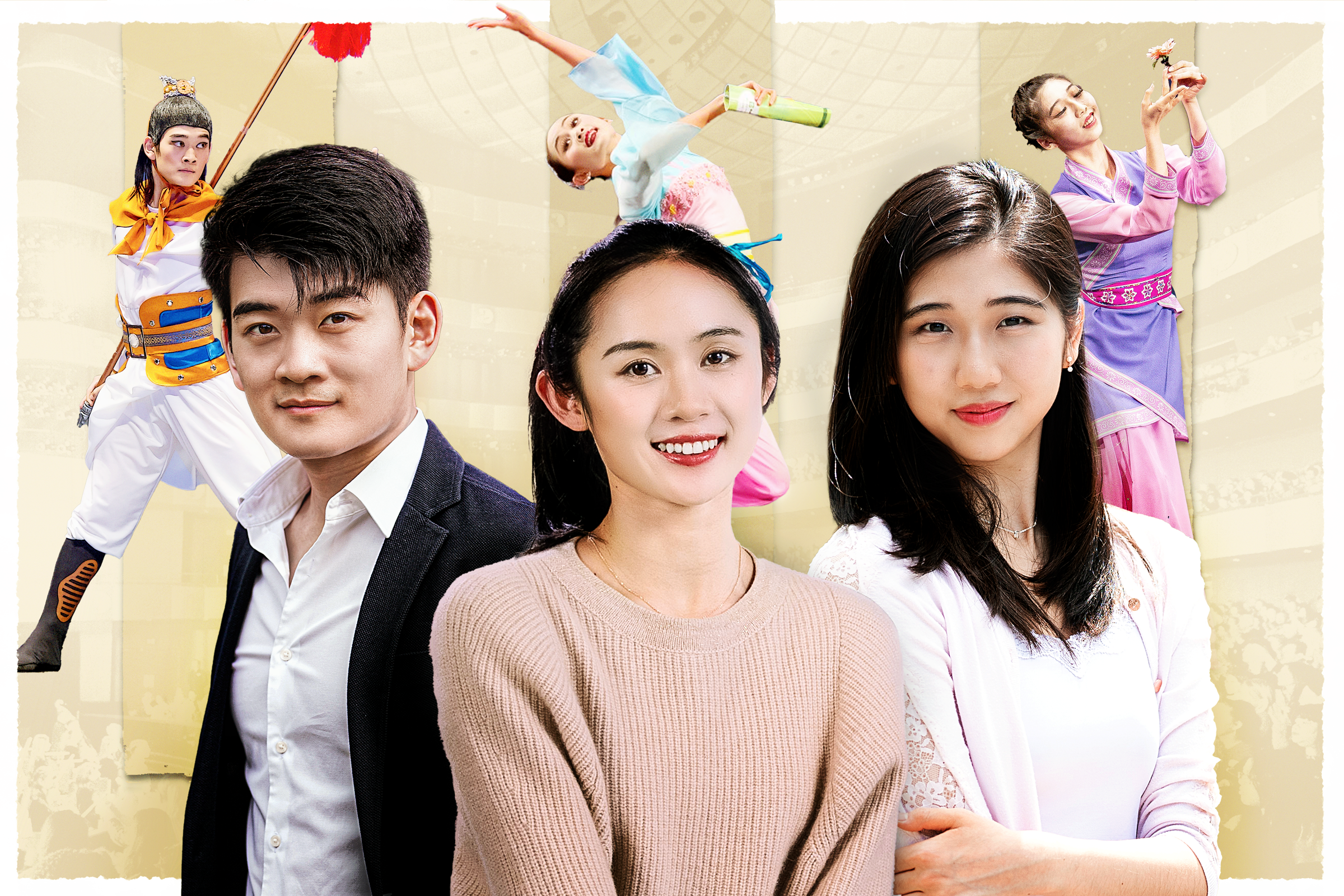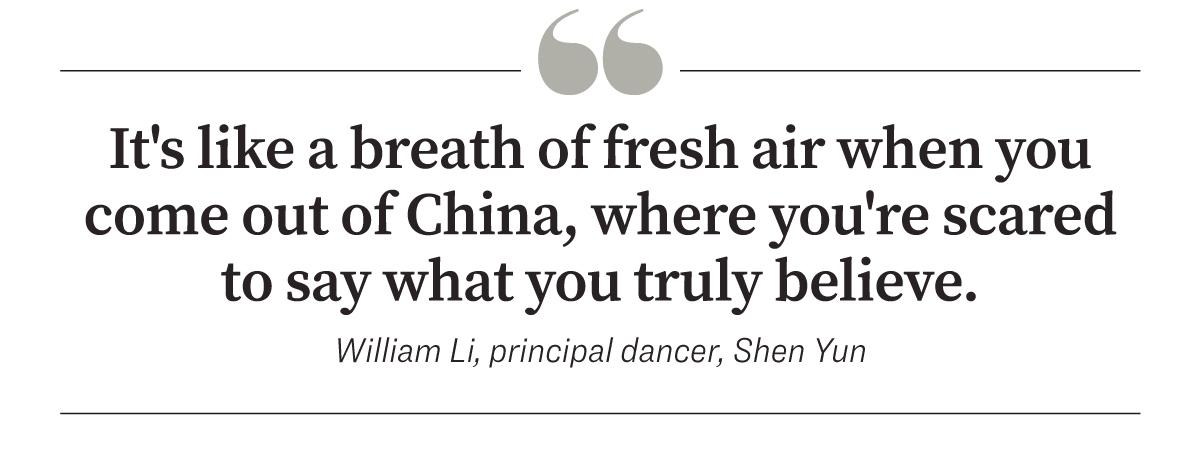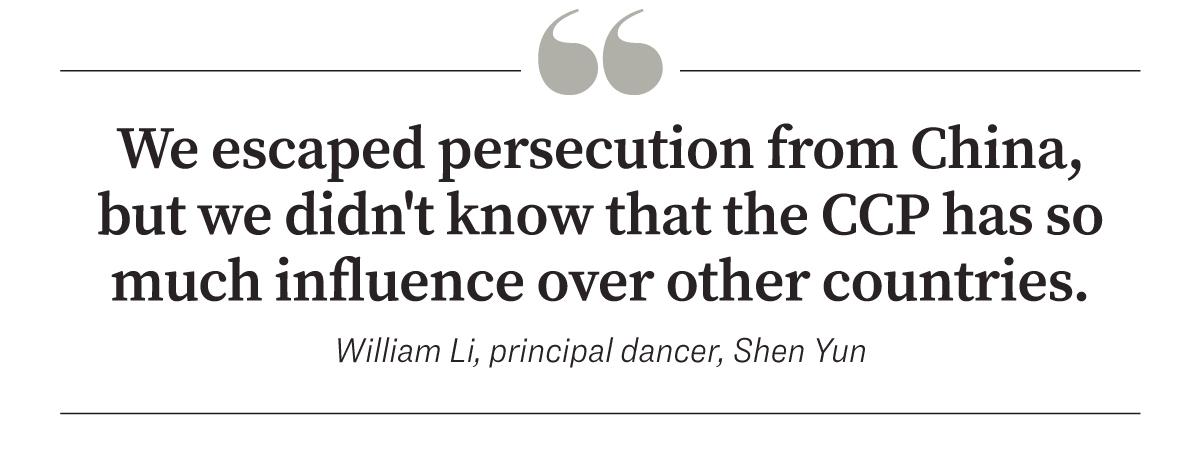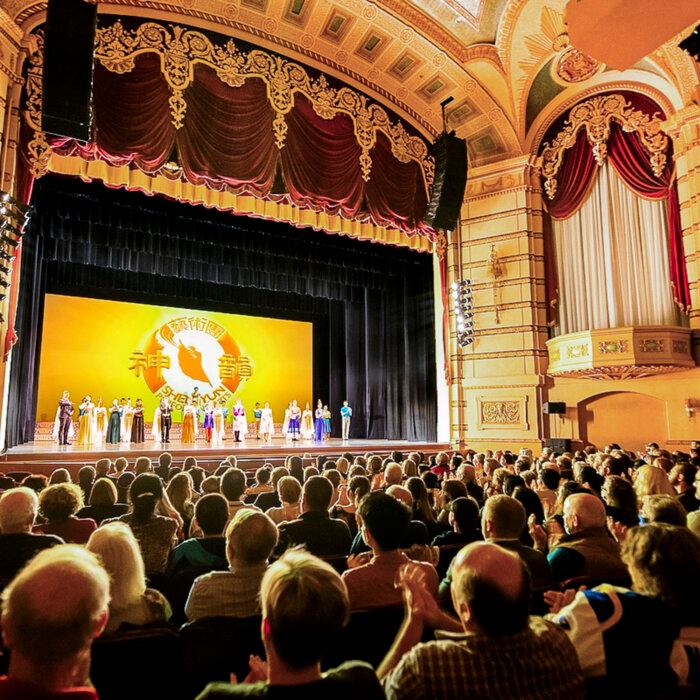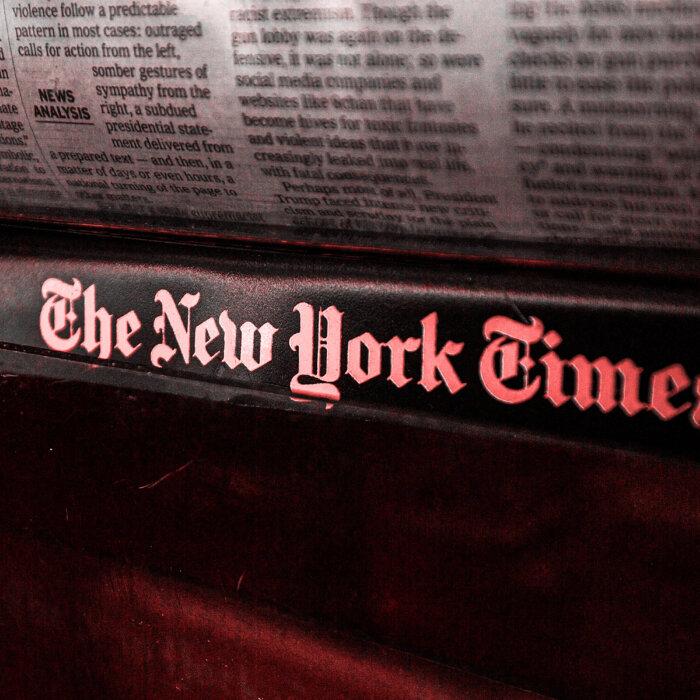DEERPARK, N.Y.—Two hours from Manhattan, deep in the rolling hills, a 400-acre performing arts campus turns the clock back a thousand years to China’s ancient Tang Dynasty.
Artists rise for a new day of stretching, jumping, and perfecting their techniques. They run laps around the lake, finishing as golden rays hit the temple roofs.
The site, known as Dragon Springs, is what Marilyn Yang, a lead dancer with Shen Yun Performing Arts, calls home.
“There’s nowhere else in the world that’s like this,” Yang told The Epoch Times. “It’s a place where we feel at peace.”
Serenity reigns and honing the craft is top of mind.
From summer through early winter, the campus is full of life as the dance groups rehearse together, synchronizing their performances to the last detail.
At the same time, the accompanying full orchestras, costumes, animated backdrops, and all the necessary props are brought together in preparation for touring across five continents, showcasing what Shen Yun describes as “China before communism.”
Each show, says Jared Madsen, Shen Yun master of ceremonies, is “almost an otherworldly experience.”
“We really are transporting people to these different times and up into heaven and down into history,” he told The Epoch Times.
A recent New York Times article put Shen Yun in a national spotlight. But in interviews with The Epoch Times, a dozen former and current Shen Yun members who joined the company at various stages presented a different picture. The negative portrayal, they said, veers far from their experience, and at best, serves to aid Beijing’s nearly two-decade-long bid to block the performing arts company.
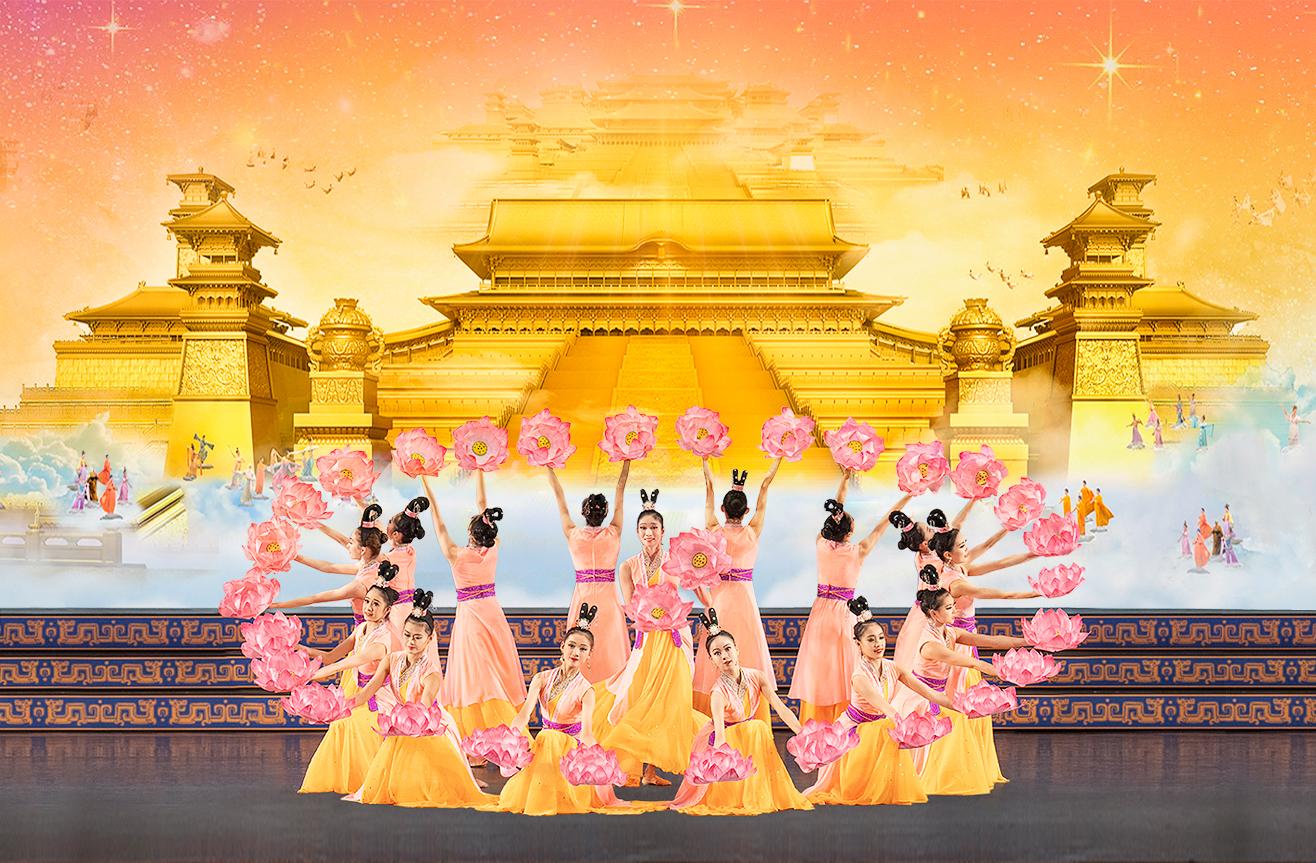
‘American Dream’
Shen Yun, now a worldwide sensation, began in 2006 with a group of dissident artists who were stifled in China, where the Chinese Communist Party (CCP) tightly controls information, and anything not to its liking—cultural, artistic, or else—is a target for eradication.“It really comes down to mind control,” conductor Chen Ying told The Epoch Times. “To gain control of people’s minds, they [the CCP] have to get rid of everything else, any other belief systems out there.”
The rich fabric of Chinese history was built through Buddhism, Taoism, and Confucianism, all of which were attacked as the regime systematically destroyed traditional culture to implant communist ideology.
Shen Yun, then, is the antithesis of the CCP. It tells stories and legends of ancient China; “it’s a revival of the beauty and goodness of China before communism,” its website reads.
Chen’s father had been a member of China’s elite state-owned Central Philharmonic Orchestra for more than 30 years. The two, along with a small group of classically trained Chinese artists, aspired to sift out the modern and communist elements in art forms and present their traditional heritage in its most original form.
Nearly two decades later, their dream is a reality.
Shen Yun has grown from one to eight equal-sized performance groups. On campus, there are expansive studios as well as a high school and a college for training the top talent in classical Chinese dance and music.
But many members of Shen Yun treasure with gratitude—even a touch of awe—the beacon that got them there: the freedom of America.
“It’s like a breath of fresh air when you come out of China, where you’re scared to say what you truly believe,” said principal dancer William Li, who has been with Shen Yun since 2007. “But in America, you can speak freely.
“That’s pretty much the American dream. You’re a refugee, you come to America, you start with nothing. And then you build up your own company, you build up your life from scratch. That’s really amazing that we can do that in America.”
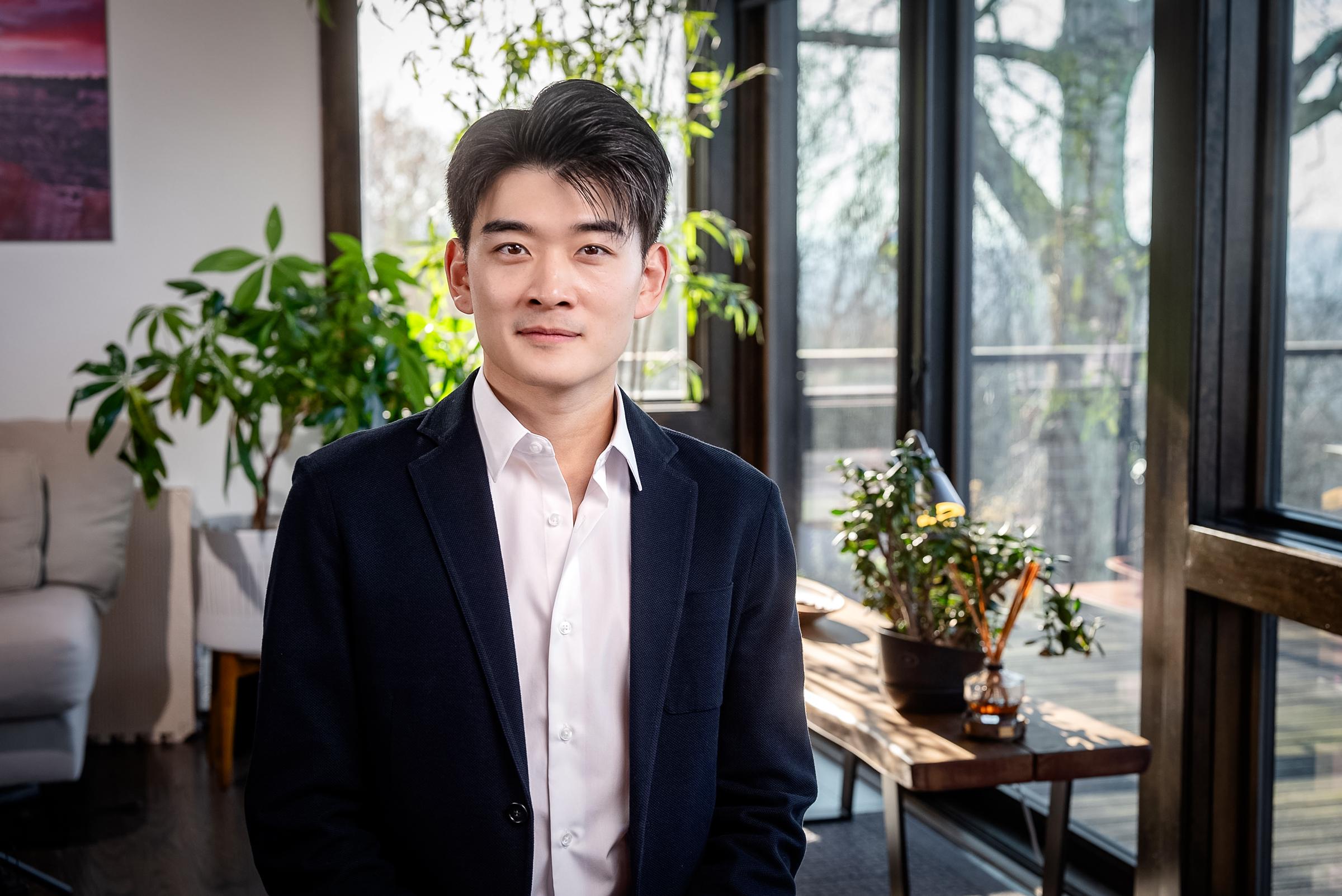
“Now that I’m older, I think about it, I’m like, ‘What is wrong with having faith? There’s nothing wrong with it. What is wrong with believing in truthfulness, compassion, and forbearance?’” he said, referring to the core tenets of the practice. “When I do things, if there’s someone higher up watching me, I should make a better decision.”
Meeting many like-minded artists at Shen Yun helped Li open up.
Chen, also a Falun Gong practitioner, went through 18 months of agony in the United States while her brother was locked up and tortured in a Chinese labor camp in the early 2000s. In that same facility, his friends sharing the faith were force-fed unknown drugs that affected their cognitive function. While her brother eventually escaped from China, abuses like this haven’t stopped.
“There are unspeakable crimes that you and I in this country just cannot possibly imagine that are happening over there,” Chen said.
More Than Magical
If bringing such stories to life marks one aspect of Shen Yun’s commitment to realism and human rights, the company makes clear that it stands for a lot more.The 2 1/2-hour performance, created anew each year and performed at top venues around the globe, dazzles with evocative colors and vivid storytelling—a “canvas coming to life,” as Yang puts it. Dancers defy gravity, pulling off one aerial spectacle after another with ease and grace as they emerge in and out of an interactive 3D background.
Their every step is accentuated with original music from a live orchestra—which itself is one-of-a-kind, Chen says; it’s the world’s first orchestra to harmonize the classics from East and West.
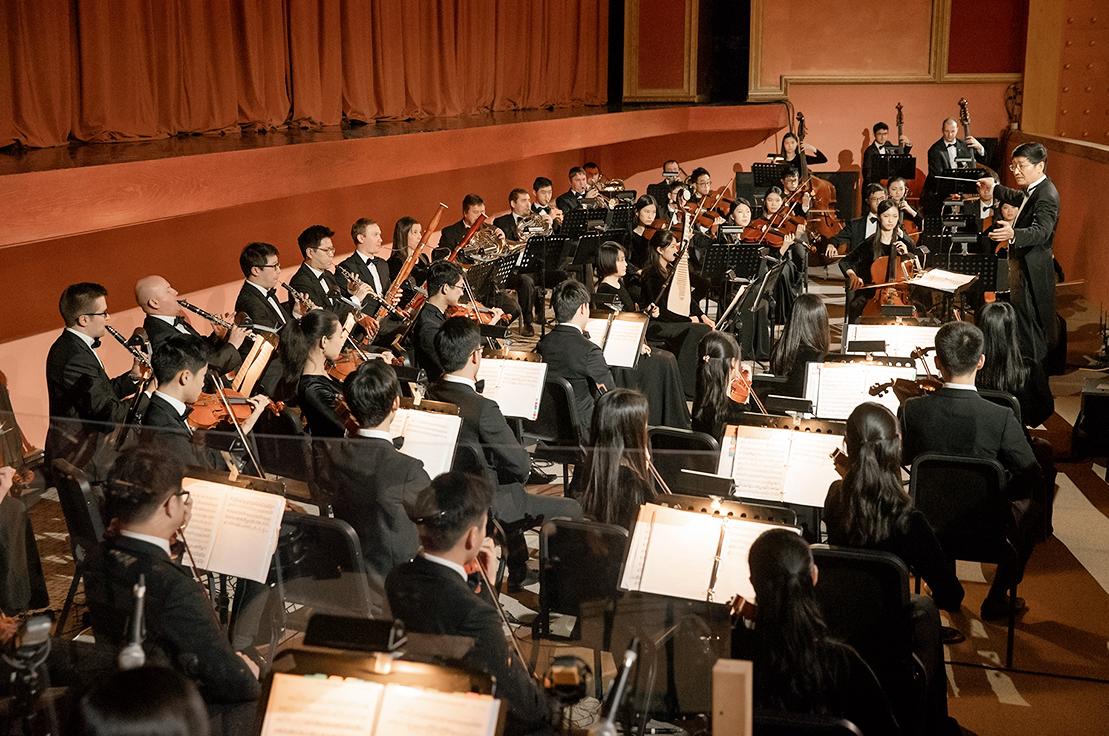
What makes the feat possible is “extreme teamwork,” Madsen said. The idea being to “transcend the individual and create something even greater.”
Roughly a dozen other current and former members who joined Shen Yun over the years agree.
A Humbling Journey
Liu Mingye was among the earliest cohort at Shen Yun’s dance training academy.“I thought it was a very, very noble cause,” he told The Epoch Times. “I don’t know how long I was going to do this, but I thought this was a lifetime opportunity. Let’s go in, just go for it.”
Liu thought himself more than equipped for the physical demands. Early exposure to martial arts gave him a good foundation for dance fundamentals, especially flexibility and endurance. Always a fast learner, he was quickly practicing more complex dance combinations while others got tripped up on simpler techniques.
“This is easy,” he thought at the time, recalling his exhaustion in maintaining a horse stance posture in martial arts. “That’s harder than anything that we’re doing, and I know all these techniques.”
Liu stood out quickly enough, just not in the way he expected.
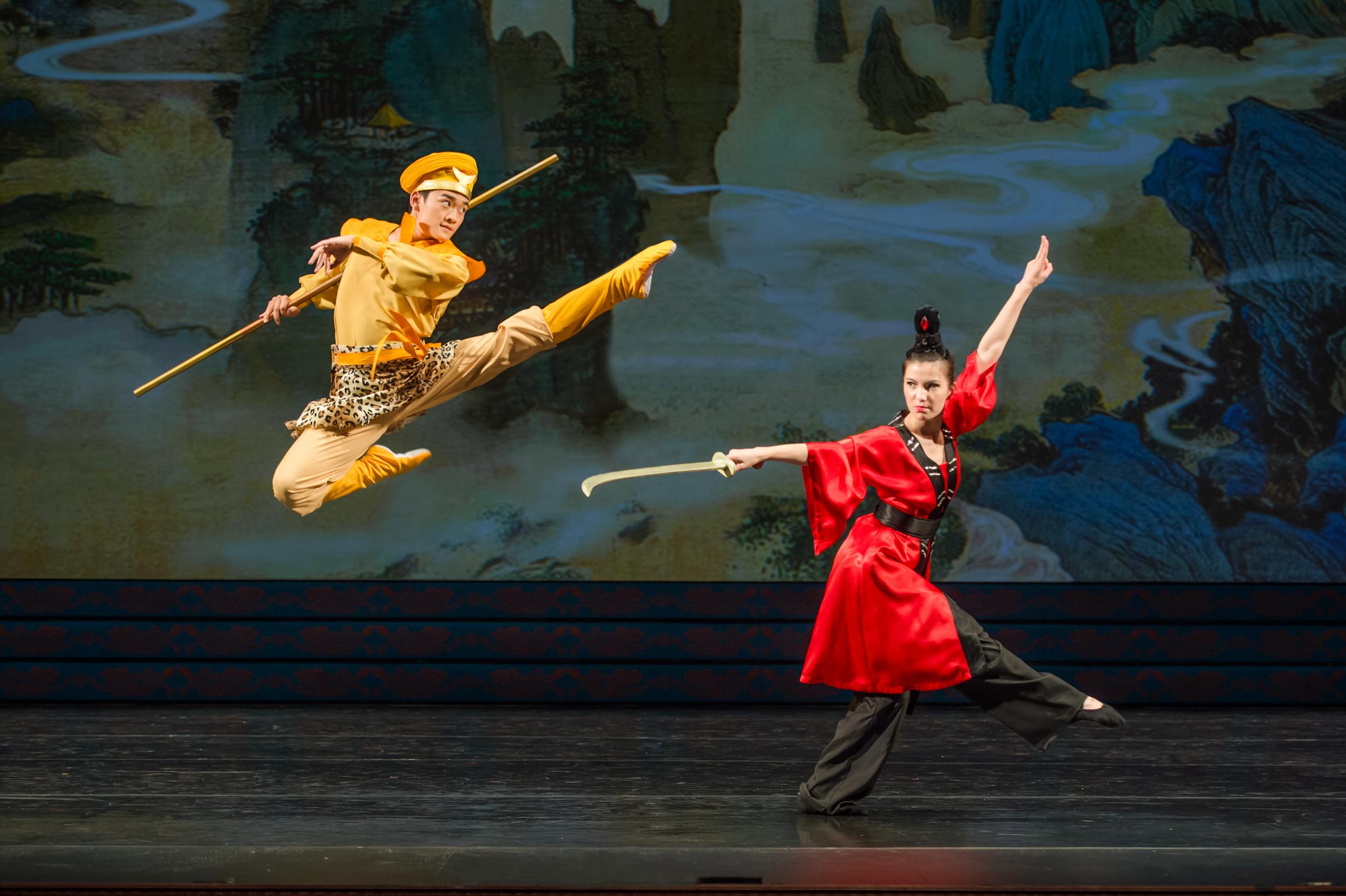
“I would get corrected a lot,” he said, and repeatedly—on techniques he thought he was good at. One beat too late, another beat too early, wrong energy.
The bursts of energy and swiftness that had been his hallmark and pride became a hindrance. To master the art of grace was to change all that was “built into” him, slow down every arm move, every stride, to “keep yourself in the air.”
A Painful Process
That pain, akin to a metamorphosis, is one that even the best artists go through at Shen Yun.They call it letting go—shedding traits such as selfishness and the desire for comfort, but above all, ego.
“If you’re the person with an ego, you stand out straight away,” Piotr Huang, a lead dancer who’s been with Shen Yun for around 14 years, told The Epoch Times.
Huang was that guy. Born in Warsaw with few Asian faces around him, he developed a protective barrier, believing he had to “act tough” to survive. In dance studios, he’d close doors and throw himself into practice. In dance as well as in life, he said, he was reserved but strong minded; as long as he thought he was right, “nothing else mattered.”
But an injury during his first year as a Shen Yun principal dancer gave him a different perspective.
On tour in Sydney, his right toe dislocated, popping out sideways with every step he took. Seeing that he could no longer do any challenging techniques, the team switched him out mid-performance and another dancer picked up his part.
How they pulled it off and how the crew applauded each other backstage at the end of that performance stuck with Huang.
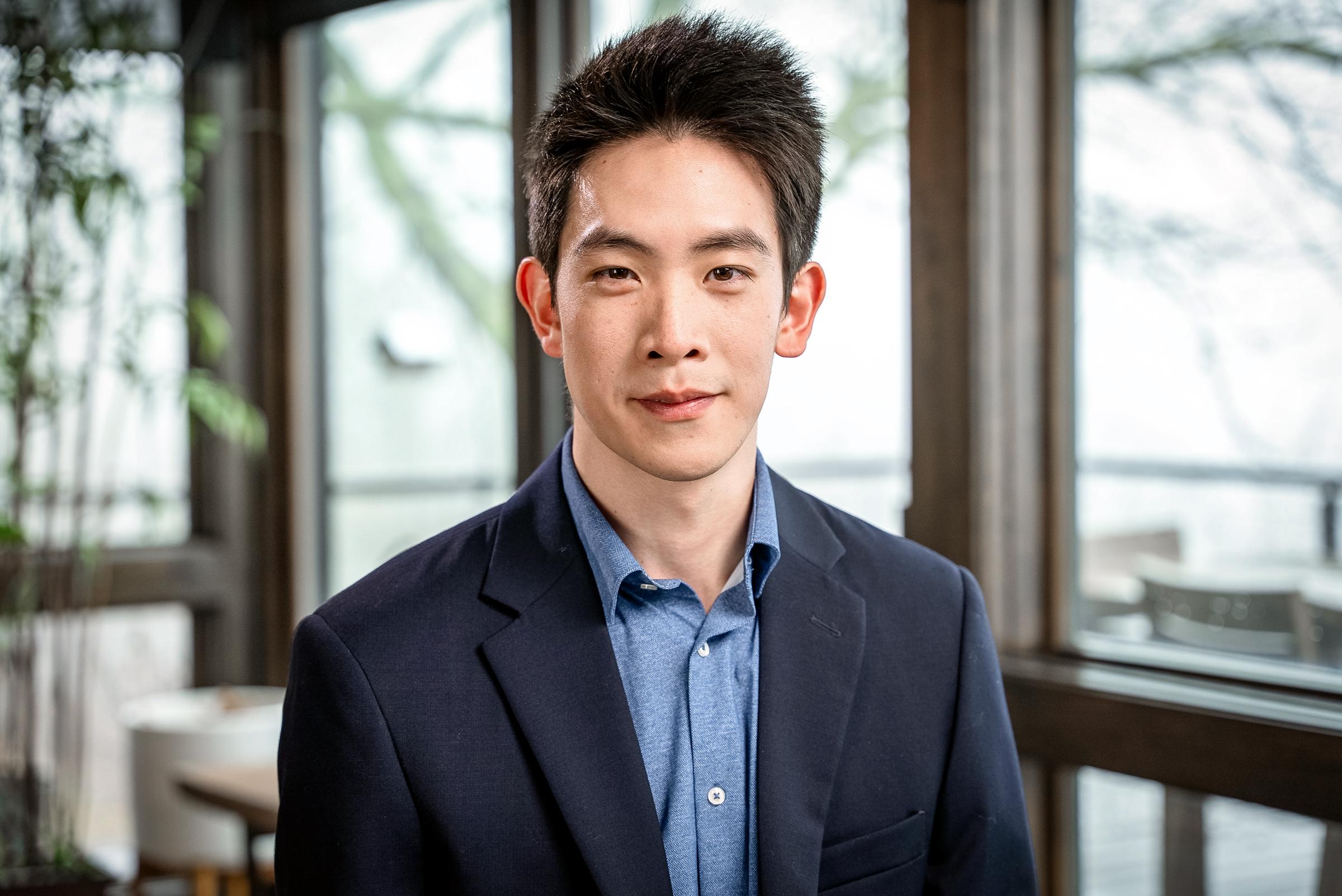
“Everything kept going, with or without me,” he said. “No matter how good you are, no matter if you’re a principal dancer, one person cannot do a whole show. You’re only good because you have other people around you that make you good.”
To date, he identifies with the mythical character he was set to portray: the Monkey King, an unruly maker of mischief who learns to put his powers into good use on a journey of trials to bring back Buddhist scriptures from India.
The stick-wielding monkey was Huang’s mirror.
“I thought that I could take on the world,” he said. But in the end, “you realize that you’re just a normal human, right? You’re nobody without the people around you.”
Letting go helped Liu gain something more valuable.
A Little Fish in a Big Pond
As Shen Yun began its first tour, a middle school girl in California was reading every single article about it, picturing the day when she could be part of it.As a youngster, Alison Chen (no relation to Chen Ying) was drawn to traditional Chinese art. She copied movements from Chinese dance videos and bought CDs of Chinese instrumental music, playing them all day long.
“How great would it be for my name to be there, too?” Chen thought to herself when she opened the Shen Yun program book at San Francisco’s War Memorial Opera House in 2007. By then, she had been learning dance with a former Peking opera teacher. Within months, she enrolled in the Fei Tian Academy of the Arts, where an opportunity later opened for her to tour with Shen Yun and gain school credit.
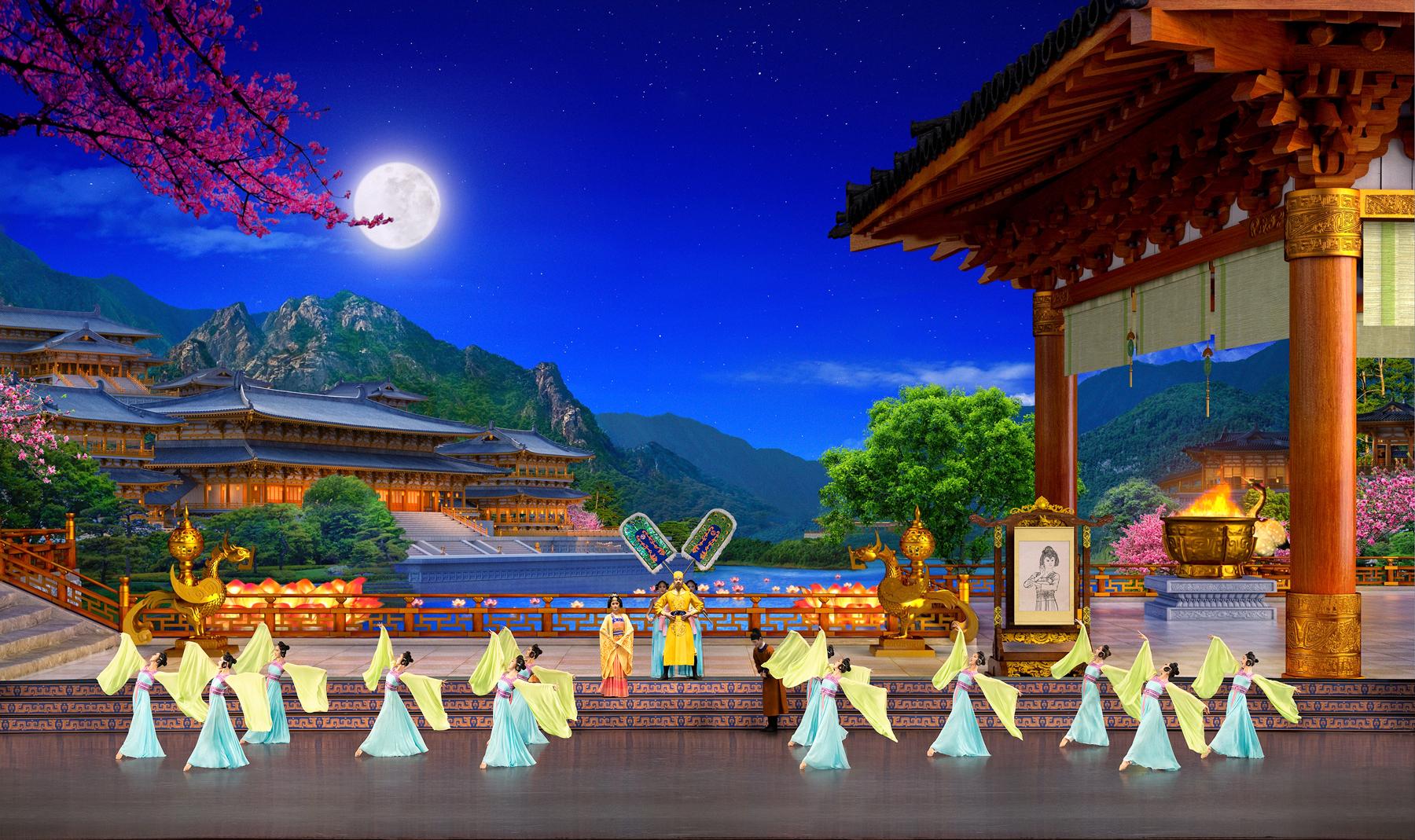
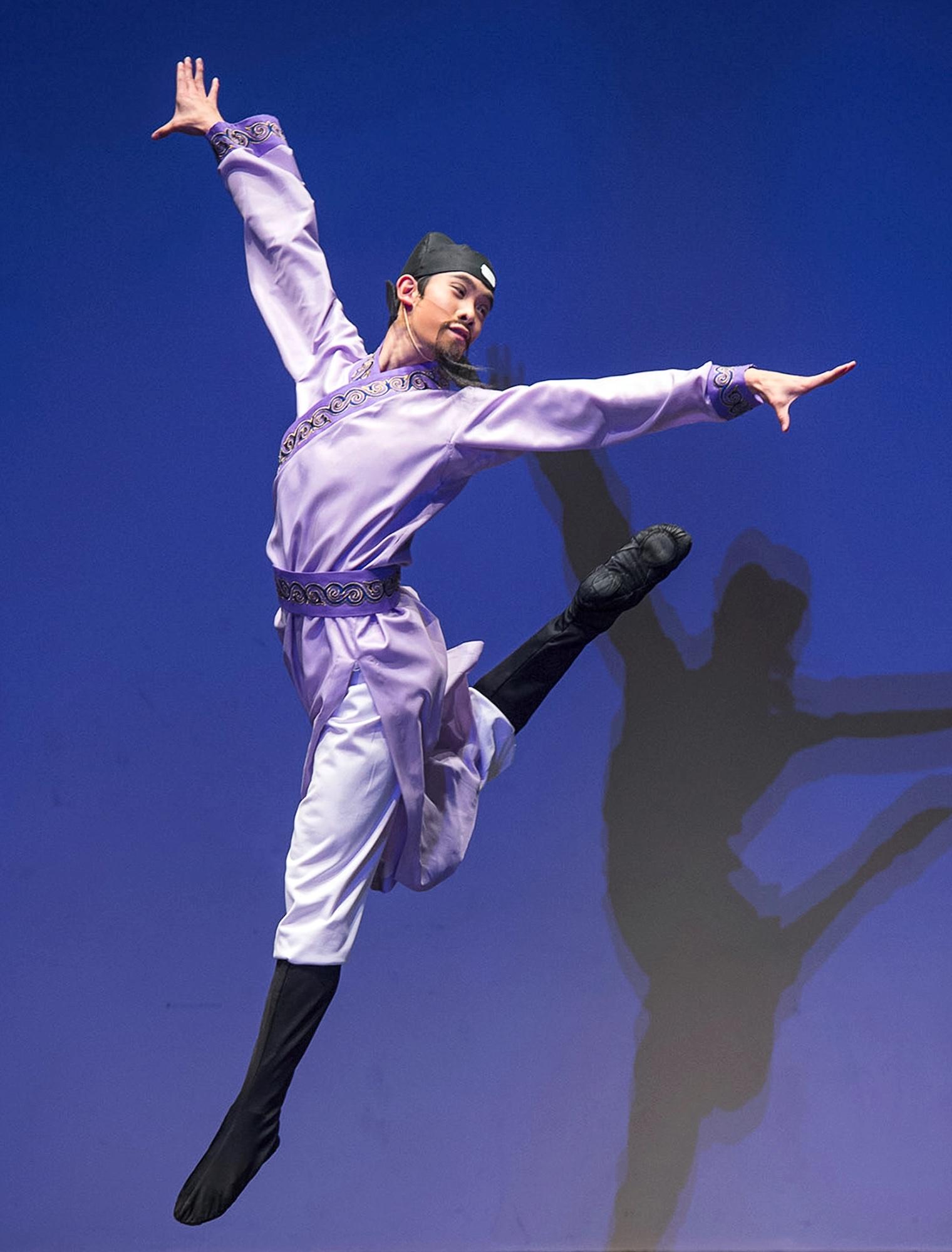
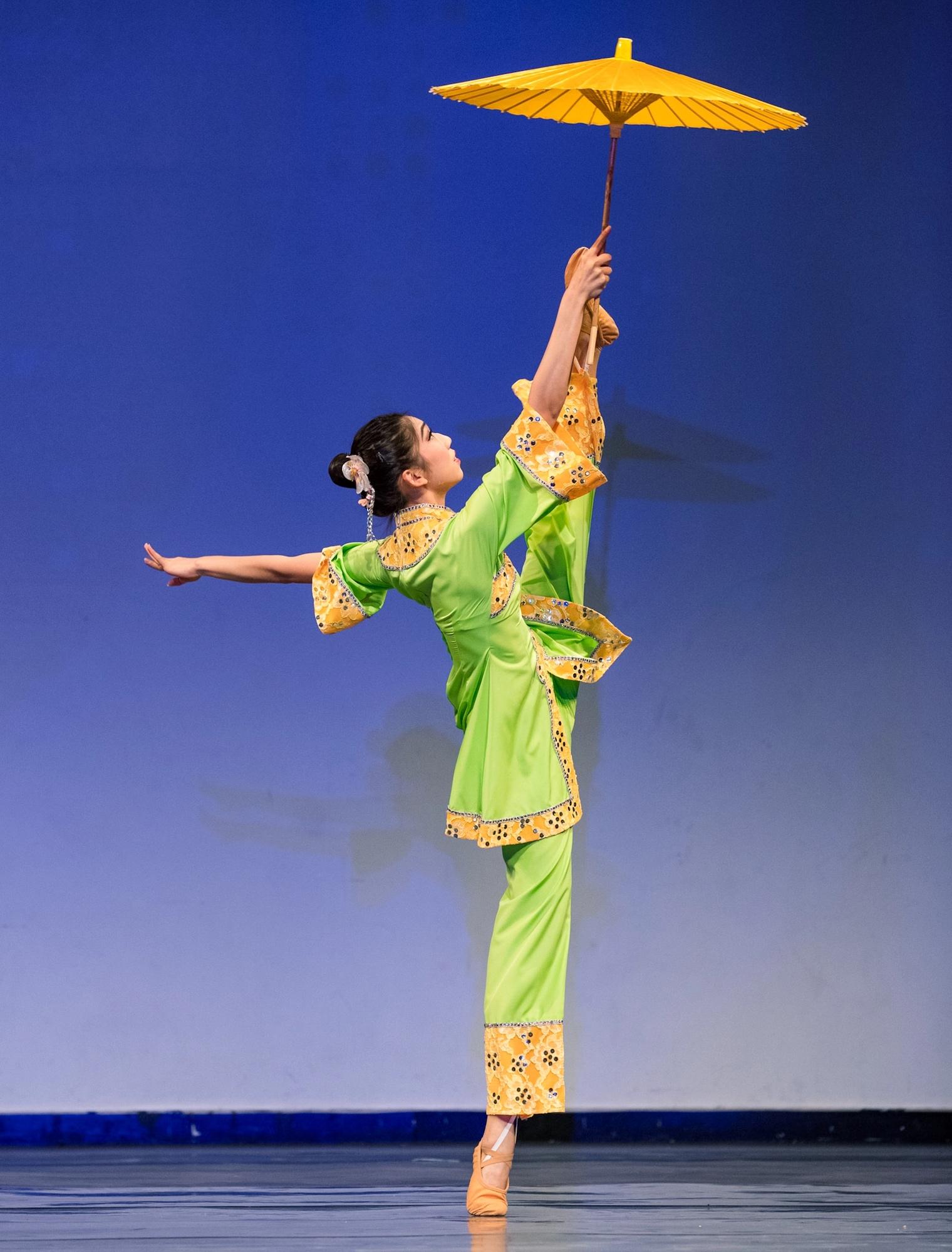

Chen was the shortest dancer in the troupe. Her first uniform looked oversized. In some group dances that require high synchronicity, the choreographers put her in the middle row to make it look more even.
“It was like a fight or flight situation for my entire career,” she told The Epoch Times. “It was the infamous story of that short little girl who somehow survived.”
What she lacked in height, she made up for by being as versatile as possible. She set a goal to learn a few techniques on every tour; she once added a flip to help portray a young girl’s suffering under the scorching sun. The managers liked it so much that they kept it in the dance.
Chen didn’t make it into the lead cast until she had danced several years with the company. But by then, being the cover girl was no longer her focus.
“I’m just one little fish in the middle of a big ocean. You’re moving together with everyone else, and you’re just going with the flow with everyone else, and it’s a beautiful thing,” she said. “You don’t have to worry too much about where you will go, you will just follow the natural course. And there’s a natural direction that will lead you somewhere.”
Among her most cherished memories was a curtain call during one of her earliest shows. Waving from the stage edge as the curtain was going down, she locked eyes with a first row woman holding her baby. Unable to clap like everyone else, the woman kept nodding at her while mouthing, “Thank you.”
Chen’s eyes reddened a little as she recounted the moment.
“You start to realize, ‘My life isn’t just about me,’” she said.
“I can live my life in a way that still benefits other people, and I can give back to the people around me, even giving back to people who are complete strangers.
Defiance
If any entity desires to sabotage Shen Yun’s success, it’s the Chinese Communist Party.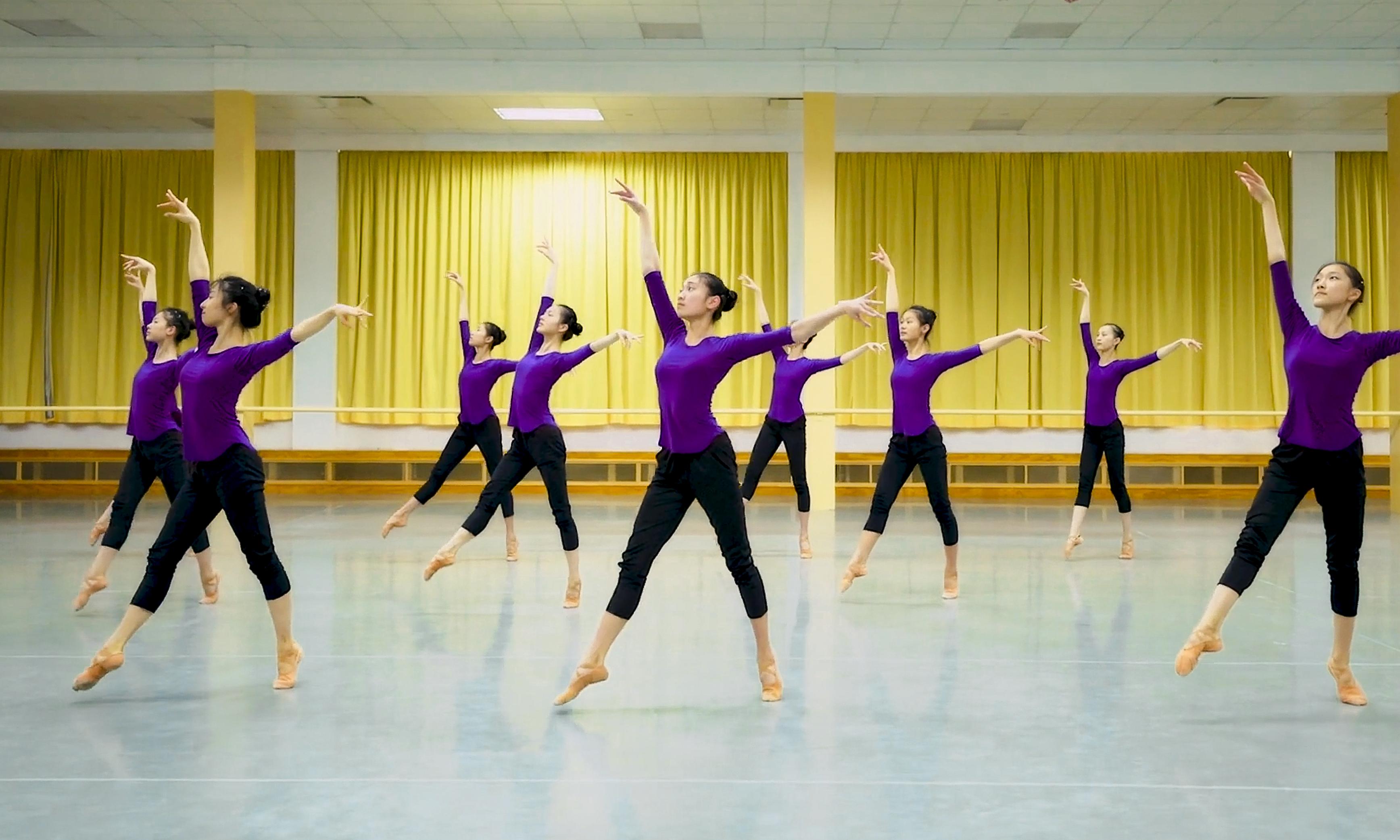
The company has reported multiple incidents of sabotage in which their tour vehicles’ tires were slashed in a way that would have caused them to blow out on the road.
Huang remembers sitting near the back of the van in downtown San Francisco around four years ago when a bullet penetrated the rear window, shattering the outer layer of the double pane window shield.
The police couldn’t identify the culprit on the crowded streets, but Huang believes it was “definitely not by accident.”
The vehicle had been parked in the area for an extended period of time before the gunshot. A larger than life-sized poster and company logo were on prominent display on the van. “Everyone could see we were there,” he said.
“There’s always people trying to stop us or maybe hinder us,” he said. “I think it was a way to scare us maybe.”
“We escaped persecution from China, but we didn’t know that the CCP has so much influence over other countries,” Li said. “The audience was looking forward to it, they already bought their tickets, but you were not able to share with them our culture and our performance.”
With heavy hearts, the performers went on to Taiwan, their next stop. But things soon took an unexpected turn. About a month later, the South Korean city of Daegu invited the group back.
Buoyed by a second chance, the team gave it their all. In the packed theater, Li almost felt his body was lighter.
“That was one of the best performances that we ever had,” Li said.
There was a message of defiance to the CCP: “No matter how much you try to stop us, we’re going to keep performing.”
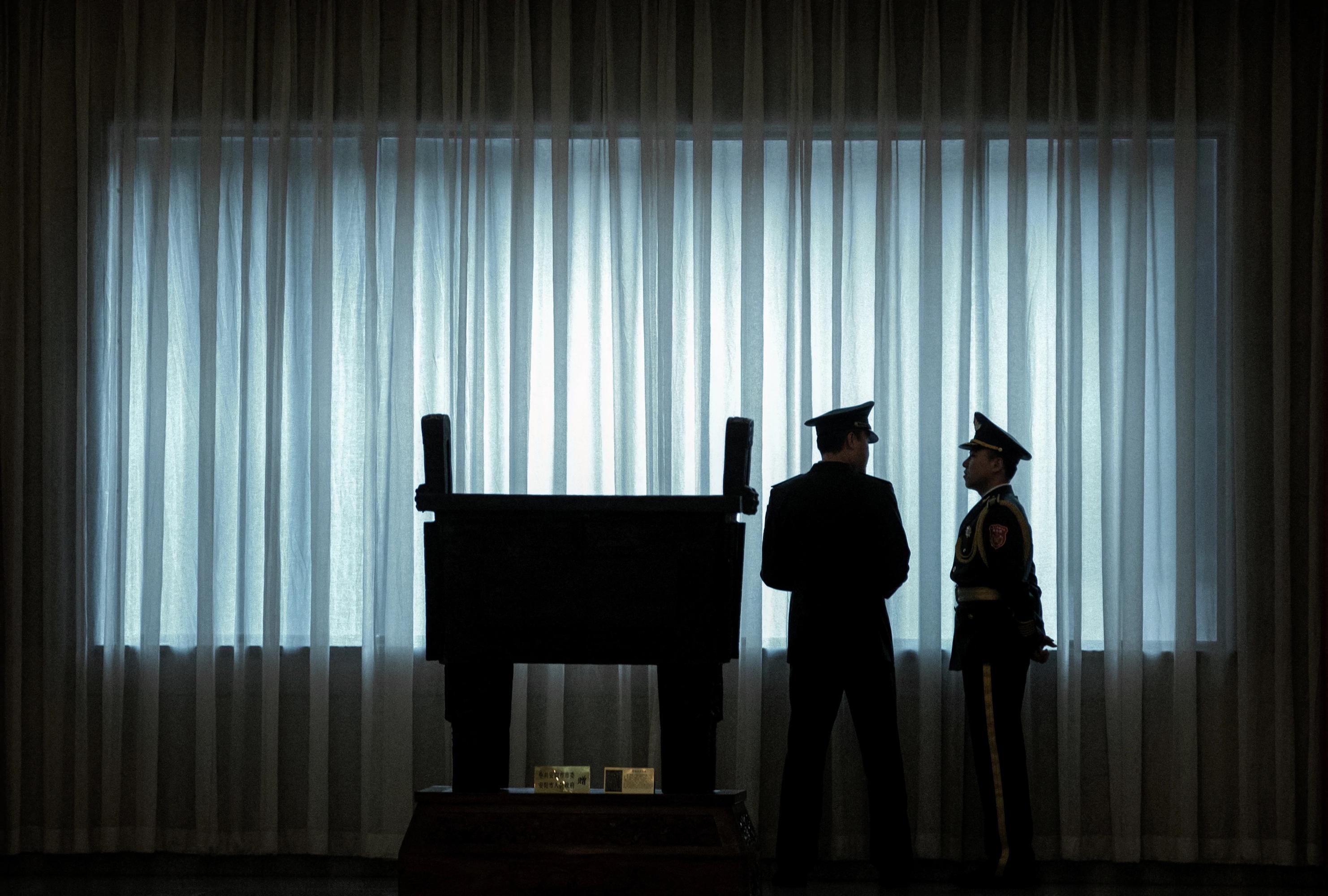
A Switch
The hopeful spirit that runs through Shen Yun gave violist Rachel Chen a lift at a time when she was struggling with leading her section. In the piece, the musicians needed to portray a nuanced passion under a surface calm.Months passed with the team rehearsing and going nowhere. Chen (no relation to Chen Ying or Alison Chen), a perfectionist who had been meticulously marking every spot that needed adjustment, decided to try something different: channel the good qualities of each member’s playing to help blend the sound together.
The result, she said, was a “180 switch.”
“It was quite inspiring just to see that change by just a simple mindset change,” she told The Epoch Times. She took it as a “sign” that “my way is not the only way.”
“You have to change yourself to open up more doors,” she said. Art, she said, is a reflection of the performers’ character. “You want the audience to leave feeling hope and inspiration and happiness.” And that, she said, starts with an “unselfish heart.”
Alison Chen, whose love for dancing led her from California to New York, is now passing on the passion as a teacher. She takes students out to perform at community events and local schools. It’s no world stage, she says, but the smiles on the faces of those around her are enough of a reward.
She’s thankful for the years as a Shen Yun dancer that allowed her to “step into Chinese culture” and see how people in ancient times acted in the face of adversity.
‘No Prima Donnas’
However much it has grown over the past nearly two decades, Shen Yun’s community remains close-knit.Principal dancers coach the less skilled. In the wings between show segments, they tap each other’s shoulders to wish each other good luck. After finishing the last show in each city, sopranos, conductors, and dancers alike all bustle around backstage to help pack up. No one stands by and leaves the work to others.
The performers describe it as a culture of “no prima donnas.”
“You’re never too big for the job,” Li said.
Praise? Some may say praise is “noise.”
“It doesn’t even go into your mind,” veteran dancer Angelia Wang told The Epoch Times. “You don’t even consider you are that great.”
Minutes after the final curtain call, a tired-out Huang removes his makeup, puts on regular clothes, and blends into the crowd leaving the auditorium.
It’s a special moment for Huang, a way to reenergize.
All around, people hold program books and talk excitedly about what they just witnessed on stage. No one recognizes him, but it doesn’t matter.
“It’s not about you,” he said. “The whole show isn’t about you. It is this whole team effort. That’s what I love about it.”
